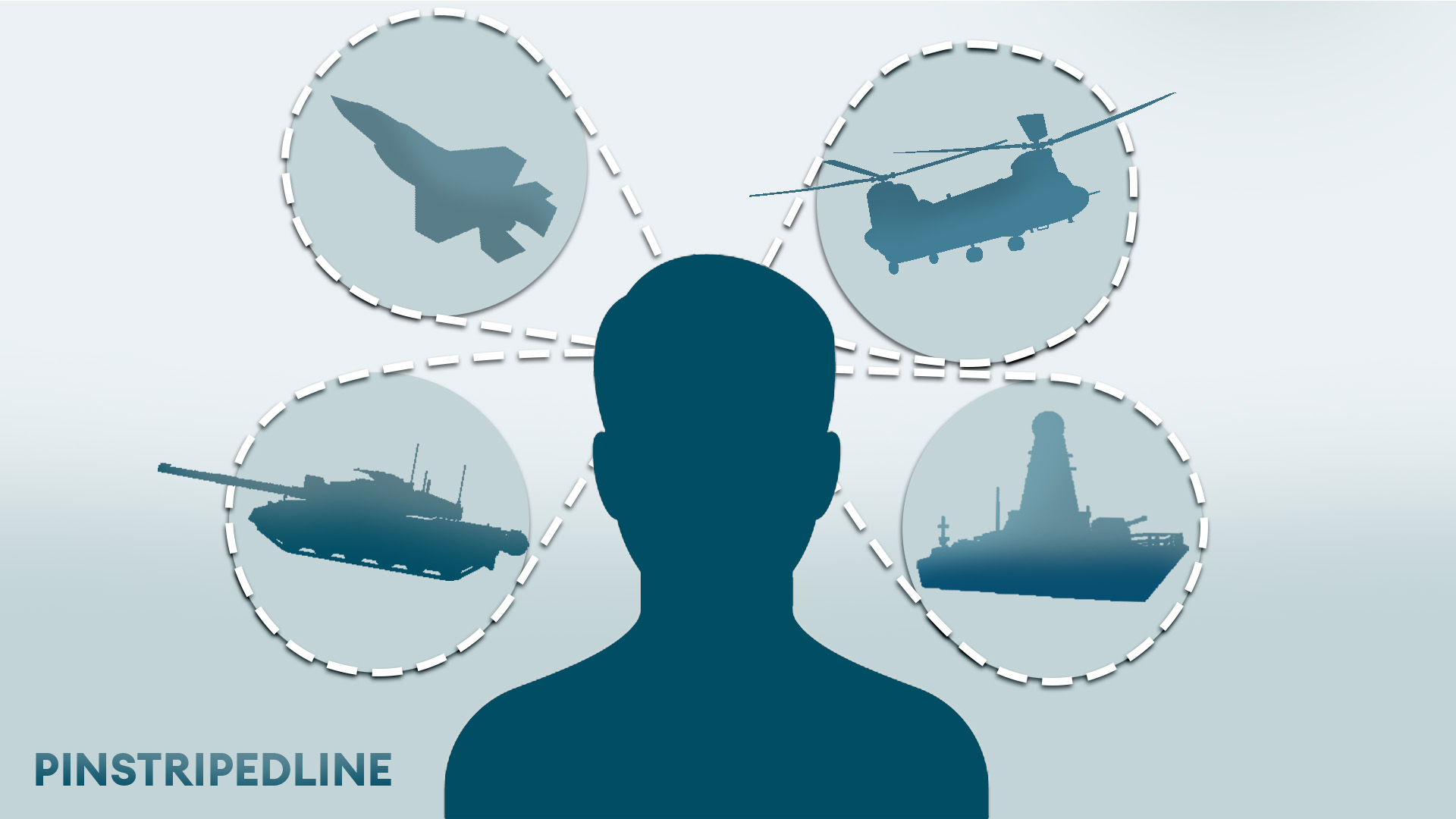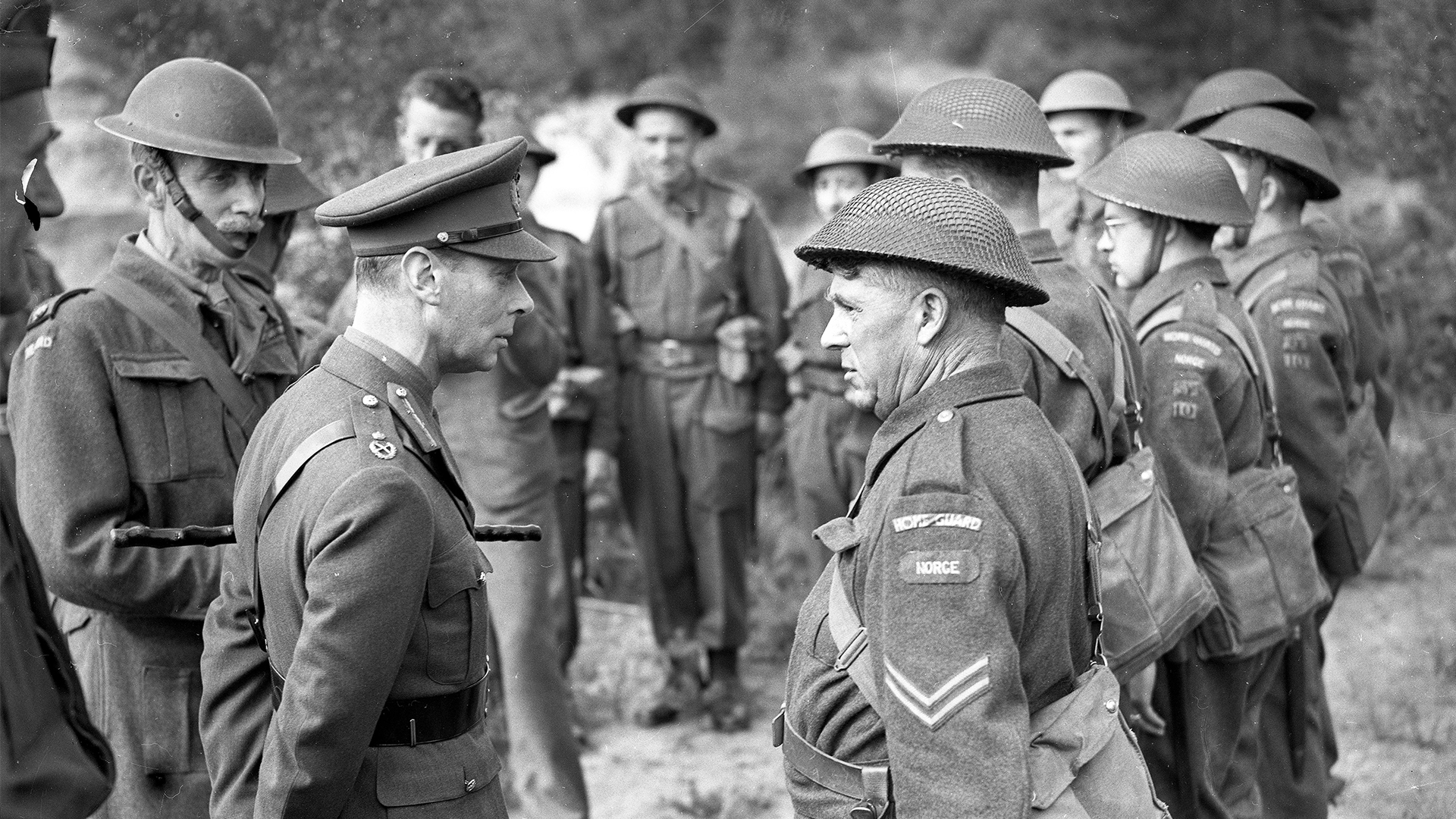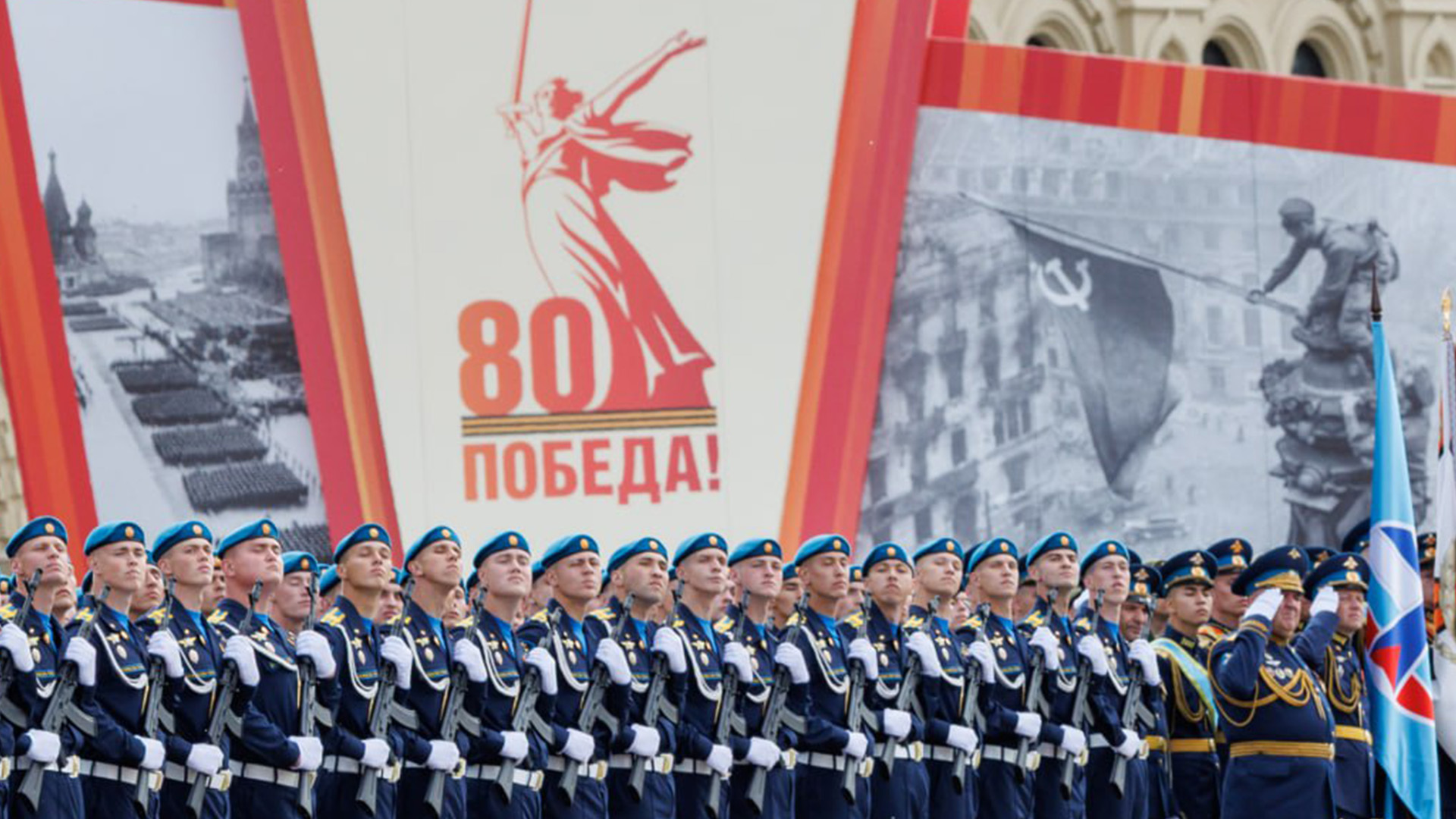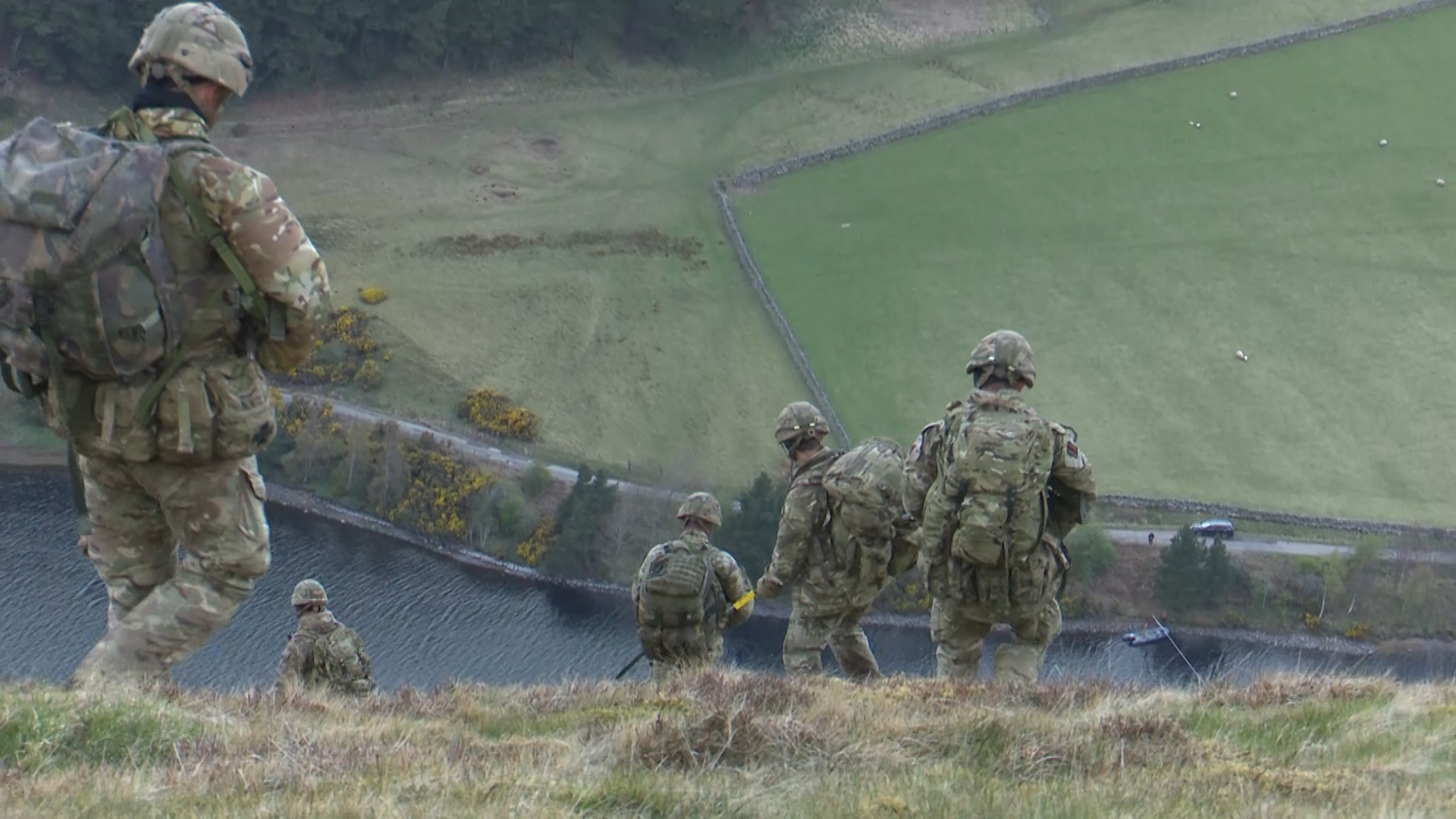
Opinion: Does UK need a Home Guard to counter threat from Russia and other hostile states?

Pinstripedline looks at whether the UK needs a Home Guard to combat threats to the homeland and how the force would work
As the UK approaches a Strategic Defence Review, and the international situation deteriorates, rumours emerging from the Ministry of Defence suggest that a key announcement from the review will be the re-establishment of 'Dad's Army'.
No, this isn't the BBC rebooting one of Britain's most loved comedy sitcoms, but instead a rumoured plan to establish a new Home Guard to protect vital sites from harm.
Is this a joke, are we all doomed, or is this a case of 'don't panic Mr Mainwaring'?
A history of the Home Guard
The UK has a long history of having some form of Home Guard available to provide home defence.
After the force was initially formed in 1940, as a last-ditch unit to protect against Nazi invasion, it took on a vital role of protecting key points and installations from saboteurs.
Although most fondly remembered for its early spirit of enthusiastic amateurishness, in the dark hours of 1940, when weapons were few but fighting spirit was aplenty, the force became hugely professional.
It provided a vital source of manpower to guard sites, freeing up the Army for operational duties.
The Home Guard was disbanded in 1945, but in 1951 it was officially reformed to meet the Soviet threat.
Again, its role was to provide a reserve of trained personnel to guard against the threat of Soviet attack, most likely saboteurs or special forces personnel.
This incarnation was less successful, disbanding in 1956 without a direct replacement.
Then, for some years, the Territorial Army (TA) was used to provide home defence, particularly guarding so-called key points (KPs), of which there were usually around 400 different sites across the UK.
By the 1980s, another group was created, known as the Home Service Force (HSF), which created platoon-sized units, usually attached to local TA units, to provide an additional level of defence.

The HSF grew to several thousand strong, and while only equipped with basic infantry weapons, including WW2-era cast-offs like the Bren Gun, its value came from its people.
The HSF usually recruited ex-soldiers, often retired, and allowed them to serve locally, protecting their home area.
The level of experience in these platoons was significant – many Second World War veterans reportedly joined up, as did former SAS soldiers.
In the event of war breaking out, they would likely have provided a robust defence in their area against Spetsnaz attack.
After the Cold War ended, the HSF and all other elements of home defence were disbanded to save money.
There was a brief revival in the early 2000s using the Reserves as a Civil Contingencies Reaction Force, an effort to provide a rapid response group to assist local authorities in a crisis, as part of the Strategic Defence Review New Chapter.
This was never deployed for real and quietly disbanded in 2009.

What threats would Home Guard deal with?
The revival of the risk to the UK from Russia means it may be time again to dig out the puttees and sandbags and defend key points.
But what threat warrants this, and where would a Home Guard potentially operate?
There are hundreds of sites around the UK that could be considered critical national infrastructure because of the role they play in supporting the government, military operations, and sustaining our way of life.
This ranges from power stations to radar stations and subsea cables.
During the Cold War, the UK assumed that in the run-up to war breaking out, Soviet special forces (probably around 500 in total) would be landed in the UK to carry out sabotage and disruption of key points sites to make it harder for the UK to mobilise for war.
Today, there remains a clear threat from Russian sabotage, albeit at a lower level.
Since the Russian invasion of Ukraine in 2022, there have been multiple reports of sabotage attempts across Europe, most likely supported by Russian intelligence, albeit usually carried out by local criminals.
These efforts have seen attacks on critical national infrastructure, undersea cables, logistics hubs and ammunition depots, to cause disruption in the West.
It is likely that the UK has been, and will be, a target for similar operations going forward.

What challenges would there be in setting it up?
The value a Home Guard could bring is that it will provide a local body of personnel available to be used to protect key sites, reducing the demand on the Armed Forces.
If the UK were mobilised to support Nato, there would be far fewer troops to call on than in previous years.
This means every unit assigned to a home defence role reduces troops available to reinforce Nato in Europe.
Having a pool of Home Guard volunteers would make this a much easier task to carry out without risking the frontline.
There would be a lot of challenges to resolve in setting this sort of organisation up.
For starters, there is a very high level of risk-averseness within the MOD towards the health of recruits, with medical issues being one of the most common reasons for recruiting failures.
Will recruits be expected to meet the military fitness standards of a new entry, which would prevent many older applicants from joining, or will they need a far lower fitness level?
Secondly, what sort of training and experience will be required?
The HSF worked, in part, because its members usually had prior extensive military experience.
Will the Home Guard work in a similar way, looking exclusively for former military personnel and offering them local opportunities, or will it try to take new recruits and train them from scratch?

Accommodation may also be problematic. The HSF used to be based in the wider TA infrastructure, with its national network of drill halls and barracks, but the days of a 68,000-strong TA and the accompanying infrastructure have long gone, and most sites have been sold to developers.
This means it will either require lots of new sites to accommodate the force, or they will be housed in locations far from the sites they need to defend, removing the local aspect of their role.
Finally, there will be real challenges over their work and how they interact with other emergency services.
Will they be armed and provide additional military support, or will they be unarmed civilian volunteers in uniform (like the old Royal Navy Auxiliary Service), supporting the local authority with skills but not necessarily carrying out armed guarding?
There is potential for organisational overlap and confusion, as different parts of the system work out how to interact with each other and not disrupt things.
The risk is that without a clear plan of how to use the force, which is regularly tested and exercised with the other emergency services, it may struggle to succeed.
The European use of a Home Guard
Overall, though, this has the potential to be a genuinely welcome development.
While it may be easy to mock the idea of a 'Dad's Army', other nations see this role as vital.
Sweden, Norway, and Denmark all have similar Home Guard forces (Norway's is more than 45,000 strong), and they can be mobilised at short notice to provide military skills and support to defend local areas.
This suggests that a move to establish a similar concept is a very good move for the UK.
It will enhance the resilience of UK defences, providing extra personnel to defend vital sites in the event of a crisis, while freeing up others to carry out their main roles and not be committed to guarding local sites.
It may help increase recruitment as veterans see an opportunity to return to service, albeit in a local way, and help improve overall national security.
@PinstripedLine is an esteemed defence and security blogger, providing expert insight and analysis.









